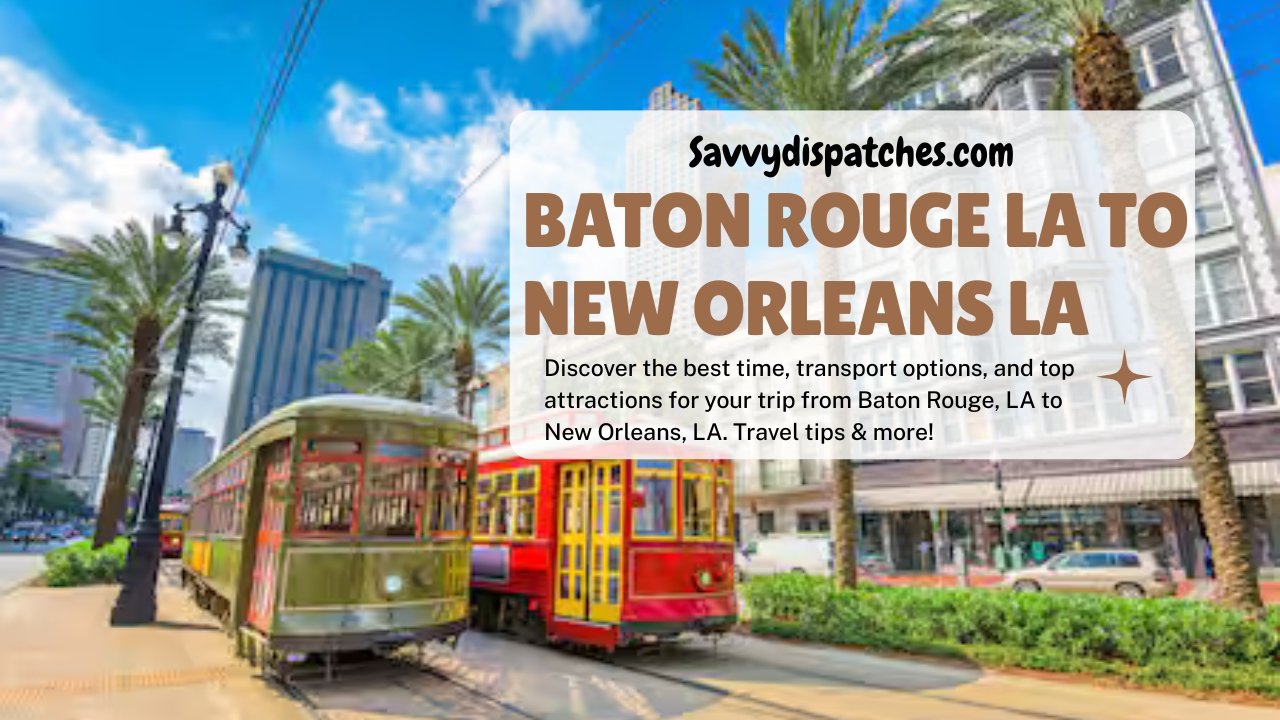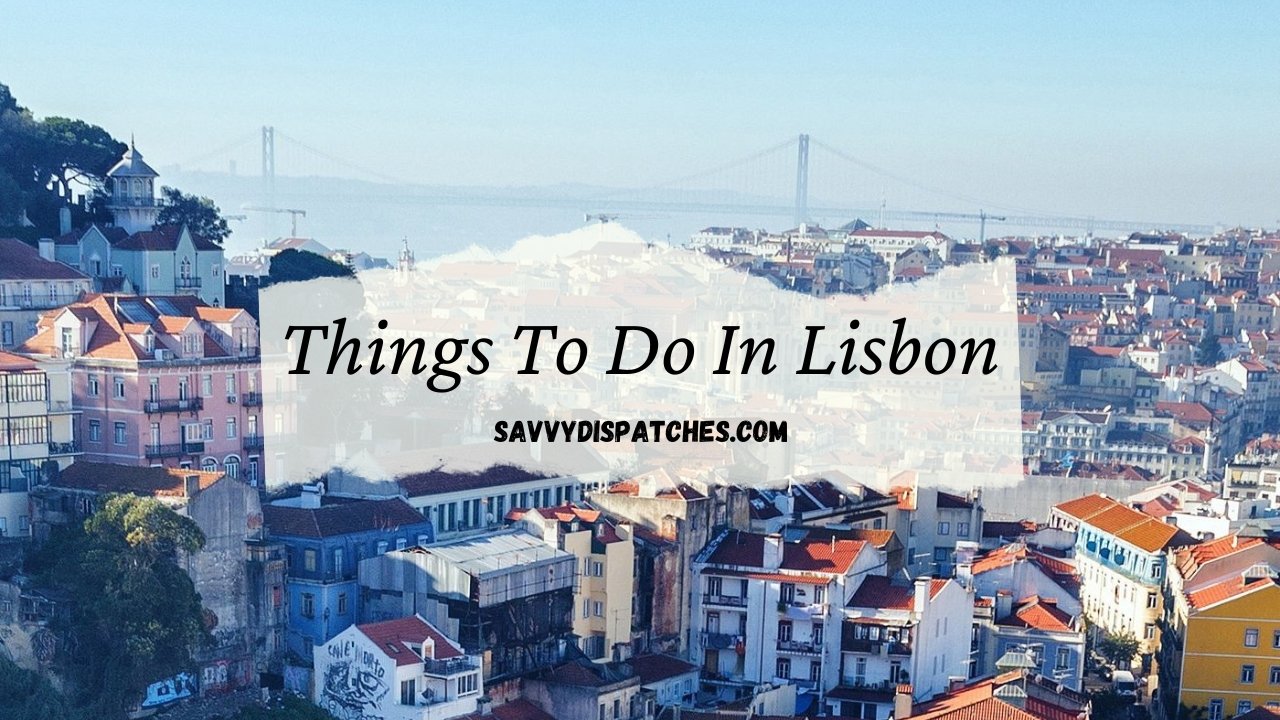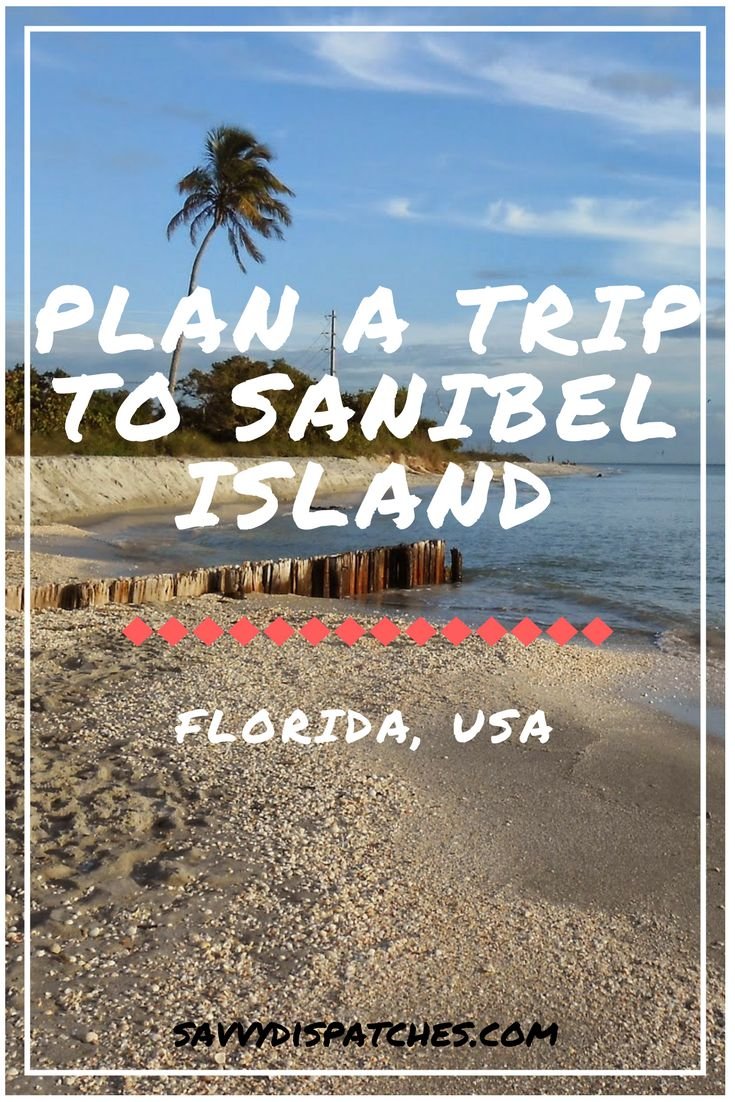Destinations
Phuket Province: A Complete Guide to Thailand’s Tropical Paradise

Phuket Province, Thailand’s largest and most popular island, is a tropical paradise that offers a rich blend of natural beauty, cultural experiences, and modern amenities. With its stunning beaches, vibrant nightlife, diverse cuisine, and fascinating cultural landmarks, Phuket is a destination that caters to every type of traveler—whether you’re a backpacker on a budget, a luxury seeker indulging in five-star resorts, or a family in search of adventure and relaxation.
Whether you’re drawn to the white sands of Patong Beach, the tranquil waters of Kata, or the jungle adventures in the island’s interior, Phuket has something for everyone. This comprehensive travel guide will walk you through the best things to do in Phuket Province, the best times to visit, how to get around, and more, ensuring that your trip is unforgettable.
Best Time to Visit Phuket: Seasonal Breakdown
Phuket’s tropical climate means that it enjoys warm temperatures year-round, but the island experiences distinct wet and dry seasons. The best time to visit largely depends on the kind of experience you’re looking for.
November to February (Cool & Dry Season): This is the peak tourist season in Phuket. The weather is pleasant, with less humidity and minimal rainfall. It’s perfect for outdoor activities, relaxing on the beach, and sightseeing. If you enjoy more serene beaches, this is the best time to visit, but expect crowds at popular spots like Patong.
March to May (Hot Season): Temperatures can soar during these months, especially in April. If you’re okay with the heat and want fewer crowds, this is a good time to visit. This season is also ideal for diving and exploring Phuket’s more remote beaches.
June to October (Rainy Season): While this is Phuket’s rainy season, the showers are typically brief and followed by sunshine. The upside of visiting during this time is fewer tourists and lower prices. The island’s lush landscapes are at their greenest, and the surf can be excellent for those who enjoy surfing.
Top 10 Must-Visit Attractions in Phuket Province
Patong Beach
Patong Beach is the most famous and bustling beach in Phuket, known for its vibrant nightlife, shopping, and water sports. If you’re after an energetic vibe with plenty of bars, clubs, and restaurants, this is the place to be.Old Phuket Town
Old Phuket Town is a charming blend of colonial-style architecture, vibrant street art, and historical landmarks. Wander through the colorful Sino-Portuguese buildings, visit the Thai Hua Museum, and check out the local markets for unique souvenirs.Big Buddha
At 45 meters tall, the Big Buddha is one of Phuket’s most iconic landmarks. Located atop Nakkerd Hill, it offers panoramic views of the island and is a peaceful spot for reflection. The surrounding area is also home to various temples and smaller Buddha statues.Phi Phi Islands
A short boat ride from Phuket, the Phi Phi Islands are a must-see. Known for their crystal-clear waters, dramatic cliffs, and vibrant coral reefs, they’re a popular spot for snorkeling, diving, and boat tours. Maya Bay, made famous by the movie The Beach, is a highlight.Phuket FantaSea
This cultural theme park seamlessly blends traditional Thai mythology with stunning performances, acrobatics, and captivating elephant shows. It’s a fantastic family-friendly experience for those looking to enjoy a night out.Kata Beach & Kata Noi
If you prefer a quieter beach experience compared to Patong, Kata and Kata Noi are ideal. The beaches are clean, the waters are calm, and there are plenty of nearby restaurants offering local and international cuisine.Phuket Elephant Sanctuary
For animal lovers, a visit to the Phuket Elephant Sanctuary is a must. This ethical elephant sanctuary focuses on rehabilitation and care for elephants that have been rescued from the tourist trade. It’s an enlightening experience that highlights the importance of animal welfare.Phang Nga Bay
Famous for its limestone karsts and emerald-green waters, Phang Nga Bay is perfect for kayaking and exploring caves. James Bond Island, a well-known film location, is situated in this bay and is a highlight of any tour.Wat Chalong
The most important Buddhist temple in Phuket, Wat Chalong, is a serene and beautifully ornate place to explore. The temple complex is peaceful, offering insight into Buddhist culture and traditions. The temple is also a popular spot for meditation.Bangla Road
If you’re a night owl, Bangla Road in Patong is the heart of Phuket’s nightlife. Lined with bars, nightclubs, and street performances, it’s a vibrant area to explore after the sun goes down. Just be prepared for the loud, bustling atmosphere.
Local Cuisine Recommendations
Phuket is a food lover’s paradise, offering a variety of flavors from traditional Thai dishes to international influences. Here are some must-try dishes:
Pad Thai: Thailand’s famous stir-fried noodle dish. It’s served with shrimp, chicken, or tofu and topped with peanuts and lime. Try it at Pad Thai Shop for an authentic taste.
Massaman Curry: A rich and flavorful curry made with coconut milk, potatoes, and either chicken or beef. You can sample it at Ka Jok See in Old Phuket Town.
Tom Yum Goong: A spicy and sour shrimp soup, full of aromatic herbs like lemongrass, galangal, and kaffir lime leaves. It’s best enjoyed at Raya Restaurant in Phuket Town.
Mango Sticky Rice: A popular dessert made of sweet sticky rice, fresh mango slices, and coconut milk. Visit the Phuket Weekend Market to taste it fresh from local vendors.
Siamese Crab Curry: A unique, rich curry made with crab, often served in a coconut shell. Kan Eang@Pier is a great place to try this local delicacy.
Transportation Tips in Phuket
Phuket offers various transportation options to get around the island, but some might be more convenient depending on your travel style.
Phuket International Airport: Located about 32 km from Patong Beach, Phuket International Airport is well-connected to major cities across Thailand and international destinations. Taxis, shuttle buses, and private transfers are available to take you to your hotel.
Taxis & Tuk-Tuks: While taxis are available, tuk-tuks are a more fun and local way to get around the island. Agree on a price before getting started, as meters are often not in use.
Renting a Scooter: If you’re comfortable driving in Asia, renting a scooter is a great way to explore Phuket at your own pace. Just remember to wear a helmet and drive cautiously.
Songthaews: These shared red trucks are a budget-friendly option for getting around, especially if you’re traveling to more local areas.
Budget Breakdown for Phuket Province
Here’s an estimate of daily costs for different types of travelers:
Budget Travelers: Around 800-1,200 THB/day (hostels, street food, local transportation)
Mid-Range Travelers: Around 1,500-3,000 THB/day (3-star hotels, local restaurants, taxi rides)
Luxury Travelers: 5,000 THB+/day (5-star resorts, fine dining, private tours)
Hidden Gems and Off-the-Beaten-Path Locations
For those seeking a quieter, more authentic Phuket experience, consider these lesser-known spots:
Ao Sane Beach: A small, hidden beach perfect for snorkeling, offering crystal-clear waters and vibrant marine life.
Laem Singh Viewpoint: A hidden gem that provides breathtaking panoramic views of the Andaman Sea. It’s a bit of a trek to get there, but the reward is well worth it.
Ao Yon Beach: One of Phuket’s least crowded beaches, Ao Yon offers a peaceful atmosphere and stunning views. It’s ideal for swimming and unwinding.
Safety Tips and Cultural Etiquette
Phuket Province is generally a safe destination for travelers, but here are a few safety tips to keep in mind:
Watch Your Belongings: Although Phuket is generally safe, it’s essential to be vigilant about your belongings, especially in crowded tourist areas.
Respect Local Customs: Thailand is a Buddhist country, so always show respect to religious sites and local customs. Dress modestly when visiting temples.
Traffic Safety: If you’re renting a scooter, always wear a helmet and drive cautiously. Road conditions can be challenging for those unfamiliar with local driving habits.
Sample 3-Day and 7-Day Itineraries
3-Day Itinerary:
Day 1: Visit Old Phuket Town, Big Buddha, and enjoy the sunset at Promthep Cape.
Day 2: Take a boat tour to Phi Phi Islands, visit Phang Nga Bay, and relax at Kata Beach.
Day 3: Explore the Phuket Elephant Sanctuary, enjoy a night out on Bangla Road, and have dinner at a seafood restaurant.
7-Day Itinerary:
Day 1-2: Explore Patong Beach, visit Old Phuket Town, and see the Big Buddha.
Day 3-4: Day trips to Phi Phi Islands and Phang Nga Bay.
Day 5-6: Relax at Kata Beach, try snorkeling at Ao Sane, and visit the Phuket FantaSea show.
Day 7: Visit the Phuket Elephant Sanctuary, and spend the evening at a local night market.
Conclusion & Practical Travel Tips
Phuket Province is a dynamic destination that can cater to all types of travelers. Whether you’re here for the luxury resorts, the stunning beaches, or the adventure-filled days, Phuket will not disappoint.
Practical Tips:
Learn a few words in Thai—the locals appreciate it.
Always have cash, as some places, especially markets, might not accept cards.
Stay hydrated, especially during the hot months.
Pack your bags and get ready to explore this tropical paradise!
This guide should provide you with all the information necessary to craft an engaging, SEO-friendly travel post about Phuket Province. It covers everything from popular attractions to hidden gems, ensuring your readers get the most out of their trip to this stunning destination.

Destinations
Mini Glasto, Major Fun: How the Isle of Wight Rocks for Families

Imagine the wind in your hair, music all around, kids laughing and dancing, and the sea just a stroll away.
That’s what it feels like to get tickets at the Isle of Wight Festival — the ultimate family-friendly music event that gives a nod to legendary festivals like Glastonbury Festival, but in a sweet, more manageable package.
Why it’s perfect for families
From toddlers to teens (and yes, grown-ups too), this festival pulls in a crowd where everyone can have fun together. There’s a dedicated kids zone called “Kidzone” with crafts, quiet spaces, story-times, and chill-out spots for little ones. It’s not just an add-on — it was built with families in mind.
There are also general camping areas with a relaxed vibe, home to families who’ve come to soak up music, nature, and time together.
One parent on Reddit described it simply: “It’s exceptionally family friendly… you’ll get 16-70s enjoying themselves.”
Getting tickets — what you need to know
Getting your tickets is easy, but there are a few smart moves to get the best experience:
- Family & Children’s Tickets: Children under 12 often go free with a paying adult. That means big savings and fewer worries.
- Choose your ticket type: You can buy a day ticket or a full weekend ticket (with camping). For full immersion and the real festival feel, the weekend ticket is the way.
- Book early: The best tickets and camping spots go fast. If you wait too long you might face higher prices or fewer options.
- Book children’s tickets at the same time as adults: Some ticket types require you to add kids at the time of adult booking. Don’t leave this for later.
- Check age rules: Every child must be accompanied by an adult aged 18+ and you’ll need proof of age for the kids.
- Camping vs day-trip: If you pick the camping option, consider bringing a small tent and some creature comforts. Families love the community feel in the camping fields.
- Budget for extras: While tickets cover entry, you’ll want to plan for food, maybe some workshop fees or merchandise.
- Ferry & accommodation: Since the festival is on an island, plan your transport and stay early. It makes a difference.
Why this is the “mini Glasto” for families
You get big-festival energy minus the overwhelming scale. Family-friendly activities pop up all over the site. You can bounce between the main stage headliners and the kids zone, where littler ones build cardboard creations, enjoy sensory pla,y or just relax in a toddler chill-out space.
Meanwhile, older siblings can check out live acts or hang with friends in safe zones. There’s also ease of access: You won’t feel like you’re lost in a sea of 50,000 strangers. You’ll be part of a buzzing atmosphere, yes, but still home with your family at the end of the day.
Quick checklist before you buy
- Decide if you want day-pass or weekend & camping.
- Make sure all family names and ages are added correctly in your booking.
- Confirm sleeping/camping gear if you stay overnight.
- Set a budget for food, fun zones, and perhaps upgrades.
- Check travel logistics: ferry, shuttle, bags & access.
- Bring ear protection for younger kids — loud music plus little ears need a bit of care.
- Pack for weather: a bit of sunshine, a bit of rain — layers are your friend.
Final thoughts
There’s something magic about combining a music festival with a family trip: you’re not just watching bands — you’re making memories. The Isle of Wight Festival gives you that. It’s loud, colourful, full of life … and also safe for kids and friendly for parents.
Get your tickets early, plan the trip, and get ready for a soundtrack to your family’s best holiday yet. Let the music start. 🎉
Destinations
Baton Rouge LA to New Orleans LA: A Comprehensive Travel Guide

Embarking on a journey from Baton Rouge LA to New Orleans LA offers a rich tapestry of Louisiana’s culture, history, and natural beauty. Whether you’re a backpacker seeking adventure, a luxury traveler desiring comfort, a family on vacation, a digital nomad exploring new horizons, or an adventure seeker craving unique experiences, this guide caters to all.
Best Time to Visit
Spring (March–May): Ideal for pleasant weather and vibrant festivals like the Baton Rouge Blues Festival.
Fall (October–December): Offers cooler temperatures and fewer tourists, perfect for exploring at a leisurely pace.
Summer (June–August): Expect high humidity and temperatures, but it’s also festival season with events like Mardi Gras.
Winter (December–February): Milder temperatures and festive decorations, though some attractions may have reduced hours.
Top 10 Must-Visit Attractions
Louisiana State Capitol (Baton Rouge): The tallest U.S. state capitol building, offering panoramic views from its observation deck.
Old State Capitol (Baton Rouge): A Gothic Revival building housing a museum that delves into Louisiana’s political history.
USS Kidd Veterans Museum (Baton Rouge): A World War II Fletcher-class destroyer turned museum, providing insights into naval history.
St. Joseph Cathedral (Baton Rouge): A stunning example of Gothic Revival architecture, serving as the mother church of the Diocese of Baton Rouge.
Magnolia Mound Plantation House (Baton Rouge): A French Creole house offering a glimpse into 18th-century Louisiana life.
French Quarter (New Orleans): The historic heart of New Orleans, known for its vibrant nightlife, music, and architecture.
Jackson Square (New Orleans): A historic park surrounded by landmarks like the St. Louis Cathedral and the Cabildo.
National WWII Museum (New Orleans): An extensive museum detailing the history of World War II with immersive exhibits.
Garden District (New Orleans): Famous for its well-preserved antebellum mansions and oak-lined streets.
St. Charles Avenue Streetcar (New Orleans): A scenic ride through historic neighborhoods, offering a unique perspective of the city.
Local Cuisine Recommendations
Gumbo: A hearty stew with French, Spanish, and African influences. Try it at The Chimes in Baton Rouge.
Po’boys: A traditional sandwich filled with fried seafood or meats. Visit Parkway Bakery in New Orleans.
Beignets: Deep-fried pastries dusted with powdered sugar. Café du Monde in New Orleans is iconic.
Jambalaya: A Creole dish with rice, vegetables, and meat or seafood. Sample it at The Original Pierre Maspero’s.
Boudin: A sausage made from pork, rice, and spices. Check out The Best Stop Supermarket in Scott.
Transportation Tips
By Car: The drive from Baton Rouge to New Orleans via I-10 takes approximately 1.5 to 2 hours.
Public Transport: In Baton Rouge, the Capital Area Transit System (CATS) offers bus services. In New Orleans, the Regional Transit Authority (RTA) operates buses and streetcars.
Car Rentals: Available at Baton Rouge Metropolitan Airport and Louis Armstrong New Orleans International Airport.
Upcoming Rail Service: Amtrak plans to reintroduce passenger rail service between Baton Rouge and New Orleans, with operations expected to commence in 2027.
Budget Breakdown
Budget Travelers: $50–$100 per day. Opt for hostels, motels, and local eateries.
Mid-Range Travelers: $100–$250 per day. Stay in 3-star hotels, dine at mid-range restaurants, and engage in guided tours.
Luxury Travelers: $250+ per day. Enjoy 5-star accommodations, fine dining, private tours, and premium experiences.
Hidden Gems & Off-the-Beaten-Path Locations
Bluebonnet Swamp Nature Center (Baton Rouge): A serene spot for nature walks and wildlife observation.
Electric Depot (Baton Rouge): A revitalized space with local shops, eateries, and entertainment.
Bayou Sauvage National Wildlife Refuge (New Orleans): A vast wetland offering birdwatching and eco-tours.
St. Roch Market (New Orleans): A historic market turned food hall, showcasing local vendors.
Safety Tips & Cultural Etiquette
Safety: Both cities are generally safe for tourists. Exercise standard precautions, especially in crowded areas.
Cultural Etiquette: Embrace the local customs, such as greeting with a smile and tipping service workers appropriately.
Weather Awareness: Louisiana’s weather can be unpredictable. Stay hydrated and be prepared for sudden rain showers.
Sample Itineraries
3-Day Itinerary:
Day 1: Explore Baton Rouge’s historic sites and enjoy local cuisine.
Day 2: Drive to New Orleans, visit the French Quarter, and experience live jazz.
Day 3: Tour the National WWII Museum and relax in the Garden District.
7-Day Itinerary:
Day 1–2: Discover Baton Rouge’s attractions and dining spots.
Day 3: Visit nearby plantations and swamps.
Day 4–5: Head to New Orleans, exploring its neighborhoods and cuisine.
Day 6: Take a day trip to nearby towns like Lafayette or Houma.
Day 7: Relax and enjoy a leisurely day in New Orleans before departure.
Conclusion & Practical Travel Tips
Packing: Light, breathable clothing is recommended due to the warm climate.
Connectivity: Both cities offer reliable internet access, suitable for digital nomads.
Local Events: Check local calendars for festivals and events that may enhance your experience.
Health: Stay updated on any travel advisories or health guidelines.
Embarking on the Baton Rouge LA to New Orleans LA journey promises a blend of history, culture, and Southern hospitality. Whether you’re seeking adventure, relaxation, or cultural immersion, this route offers something for every traveler.
Destinations
Things To Do In Lisbon: Everything You Need to Know

 Blog10 months ago
Blog10 months agoHow to Deal with Scabies While Traveling

 Travel10 months ago
Travel10 months agoRichmond, Virginia Street Art Guide

 Travel10 months ago
Travel10 months agoPerhentian Islands: How to Get There, What to Expect, & More

 Travel10 months ago
Travel10 months agoHow to Live in Your Car in New Zealand

 Travel10 months ago
Travel10 months agoSouvenir in Nepal: A Guide to Unique Handicrafts and Cultural Treasures

 Travel10 months ago
Travel10 months agoVegan Guide to Dining Out in Richmond, Virginia

 Food10 months ago
Food10 months agoVegetarian Food Nepal: A Journey into Flavorful Plant-Based Cuisine

 Travel7 months ago
Travel7 months agoA Local’s Guide to Sanibel Island, Florida















